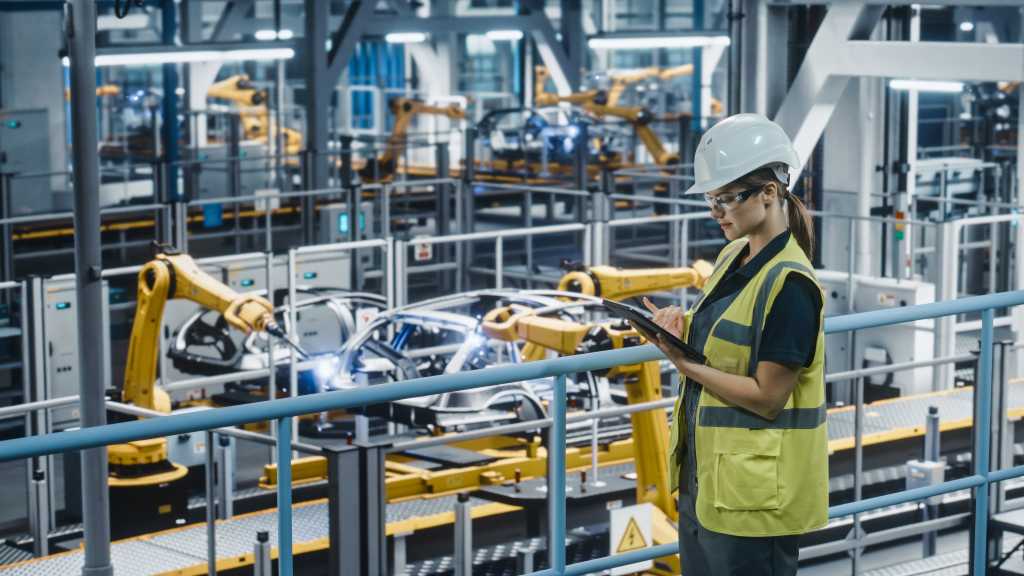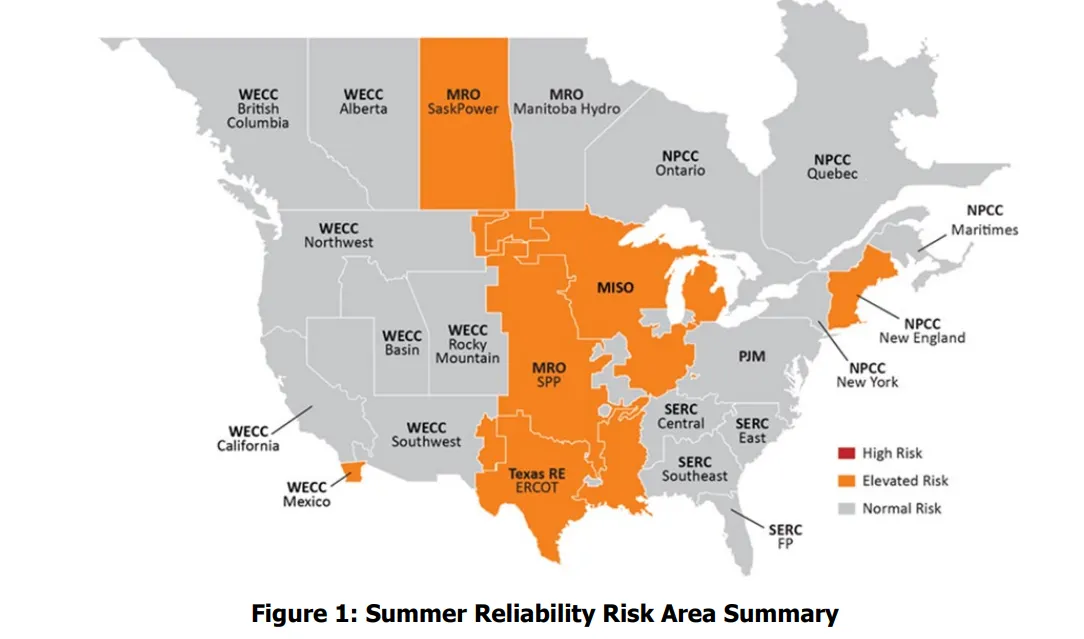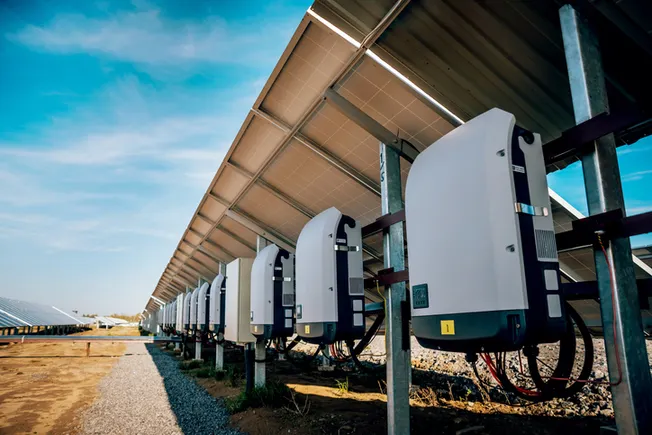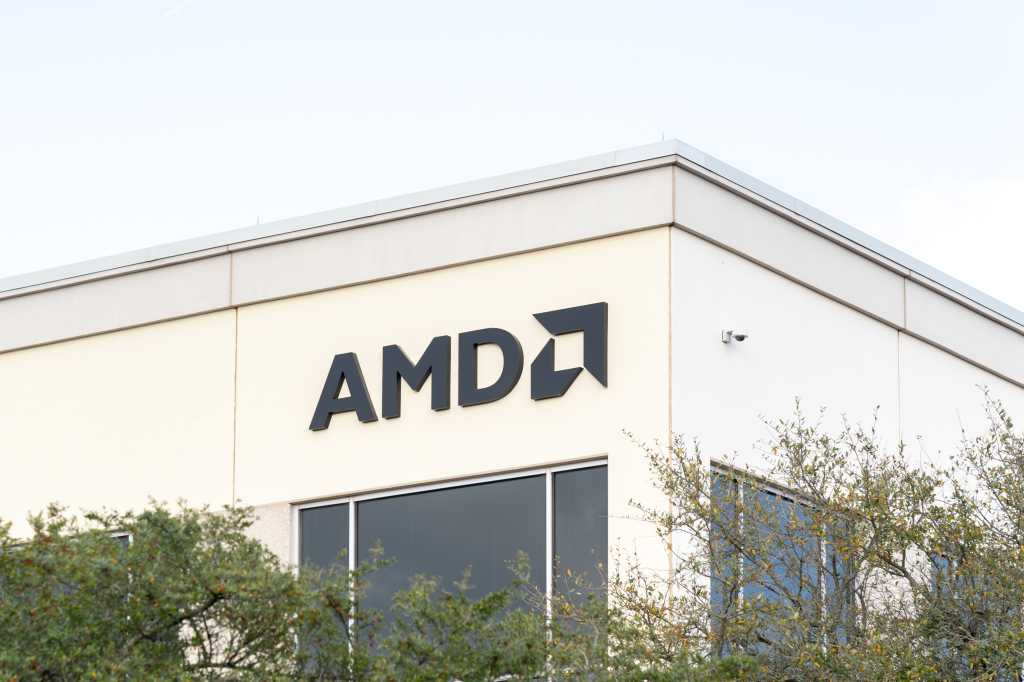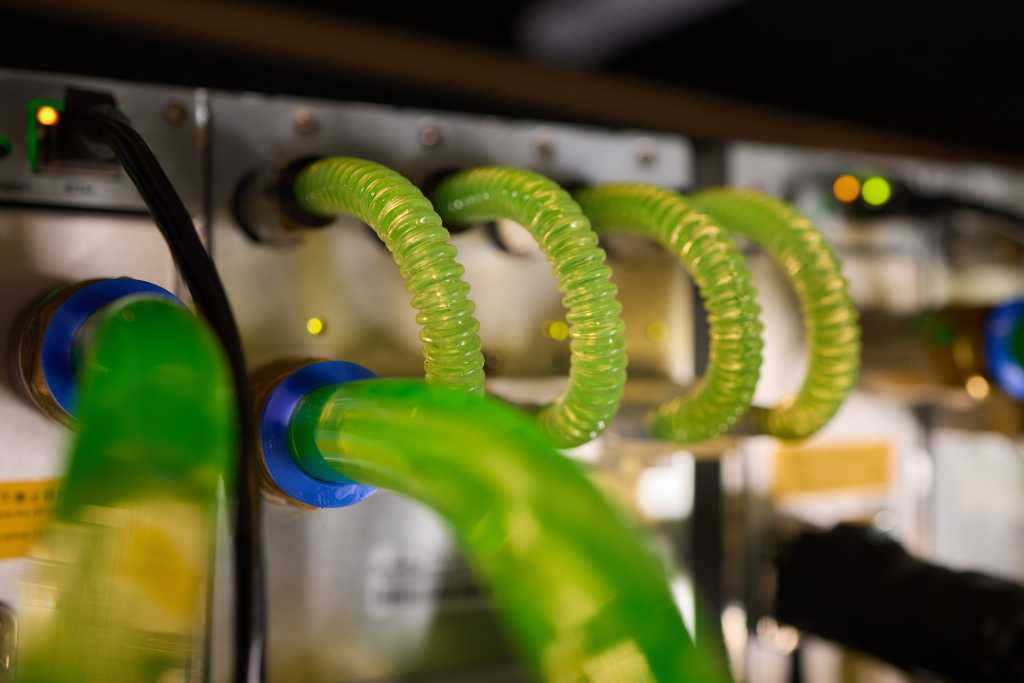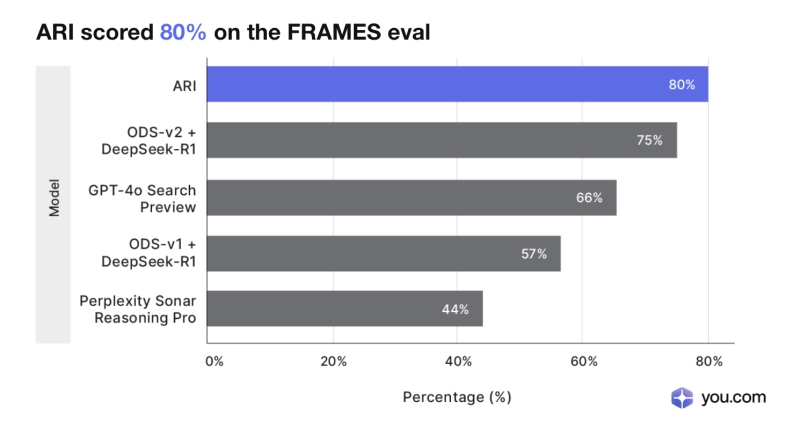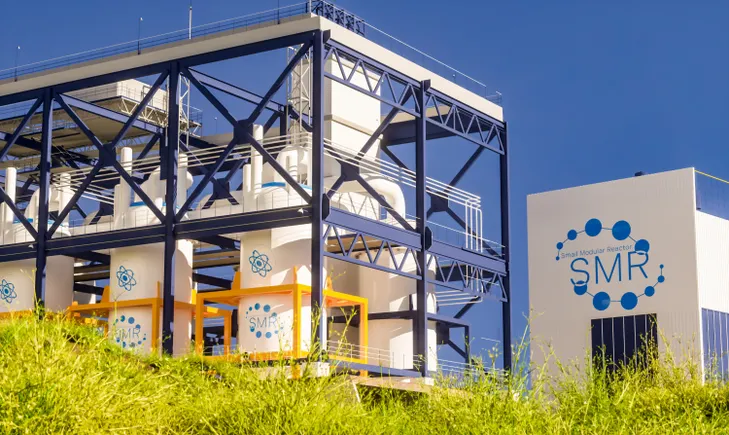
Dive Brief:
- NuScale Power is in advanced discussions with several potential customers for its small modular reactor technology and could deliver an operating power plant in 2030 “if we get closure on a deal here soon,” CEO John Hopkins said Monday during a first-quarter earnings call.
- NuScale remains on track for an expected July approval from the U.S. Nuclear Regulatory Commission for its uprated 77-MW electric design, the company said in a news release Monday.
- Manufacturing partner Doosan has 12 NuScale modules in production now and could deliver 20 per year as orders materialize, Hopkins said. NuScale envisions four-, six- and 12-module deployments, with plant outputs ranging from 308 MWe to 924 MWe.
Dive Insight:
NuScale continues front-end engineering work as a subcontractor for Fluor Corporation’s 462-MWe power plant project in Romania, but has yet to finalize a module supply deal of its own.
That could change soon, Hopkins suggested Monday, previewing a visit with executives from a prospective customer next month to Doosan’s module forging plant in South Korea.
“Our focus right now is to get closure on near-term contracts. We are no longer chasing or announcing [memoranda of understanding],” he said. “We’re actually in the process of submitting and negotiating term sheets. We’ve got customers that [want] to … touch steel.”
Possible early power customers include large data center operators, other heavy industrial customers and utilities, NuScale said in the Monday news release.
Any deal would involve multiple parties, NuScale Chief Financial Officer Ramsey Hamady said Monday. The module buyer would likely be a power plant operator, which would work with an offtaker, probably a “tier one data center or AI developer,” he said. Other parties could include a site operator, such as a utility, along with capital partners and NuScale’s exclusive plant development partner, ENTRA1.
NuScale’s focus on nuclear technology development and power plant services contrasts with advanced nuclear competitors like Oklo, whose “build-own-operate” business model encompasses a wider range of roles. NuScale’s contribution to SMR projects is akin to “the chip in the Dell computer,” Hopkins said.
Like Oklo, which inked a nonbinding agreement with data center developer Switch for up to 12 GW of capacity over 20 years, NuScale has openly courted IT and AI customers. But its Q1 2025 investor presentation highlighted its power plants’ usefulness across energy-intensive operations like large-scale hydrogen electrolysis, water desalination and brine waste processing, carbon capture and petrochemical production, as well.
It also reiterated the company’s “confidence in a firm customer order by the end of 2025.”
NuScale has about two years of operating runway on its current course, Hamady said. The company has “a few different revenue sources,” including the sort of pre-engineering work it’s doing on the Romanian power project, but a committed power plant project would change its financial outlook “in a positive way,” he said.
NuScale would expect to book about 25% of its revenue from module sales during the deal’s first year — enough to make the company cash-flow positive, Hamady said.
But Hamady cautioned that multiple orders in the first year might be a challenge given the present tightness of the nuclear supply chain. The hope is that supply constraints prove temporary, at least for NuScale.
“Once we have a first contract, I think you’ll see more money going into the supply chain in order to increase capacity,” he added. “We’ll be in a great place if our biggest challenge is keeping up with orders.”




